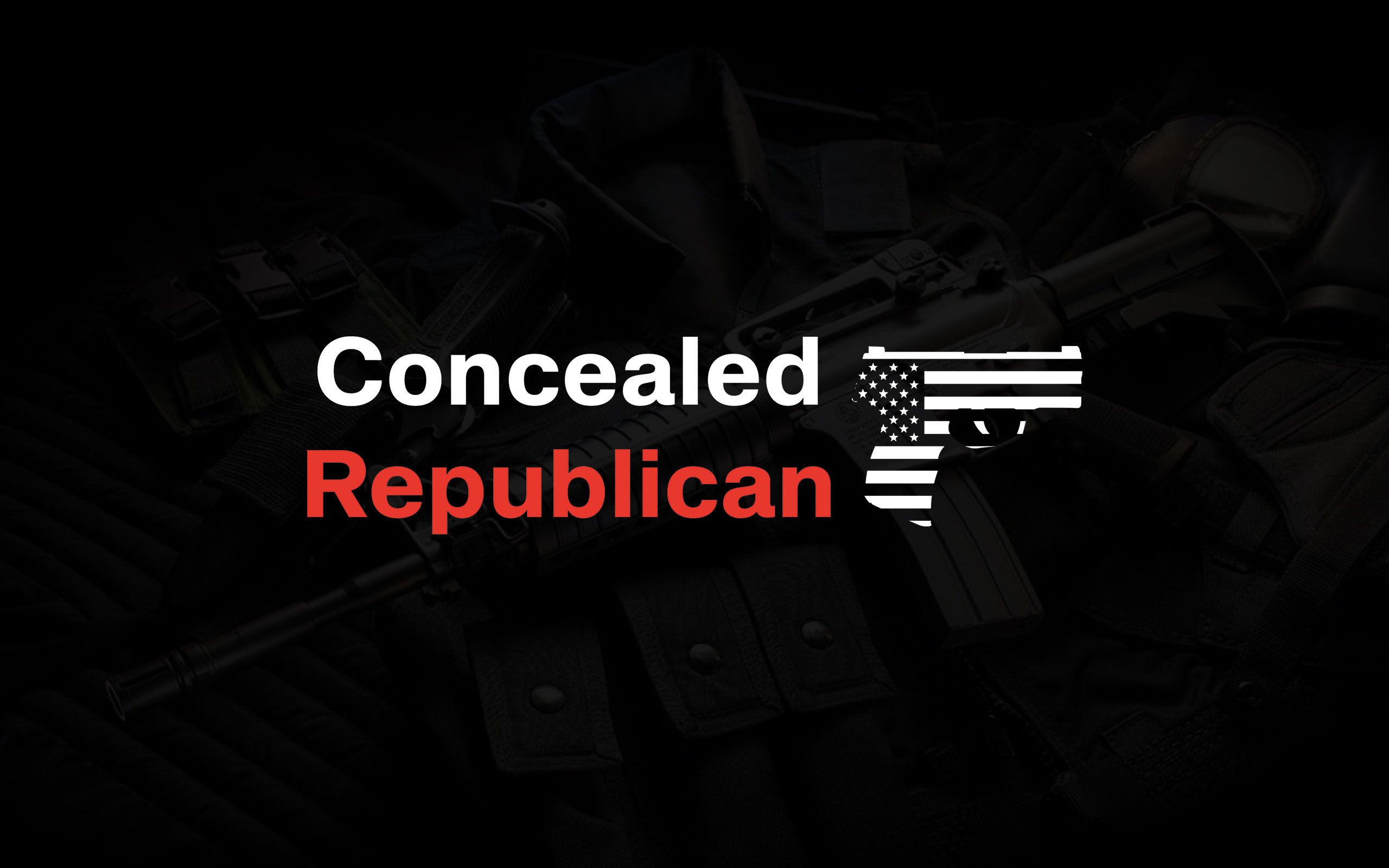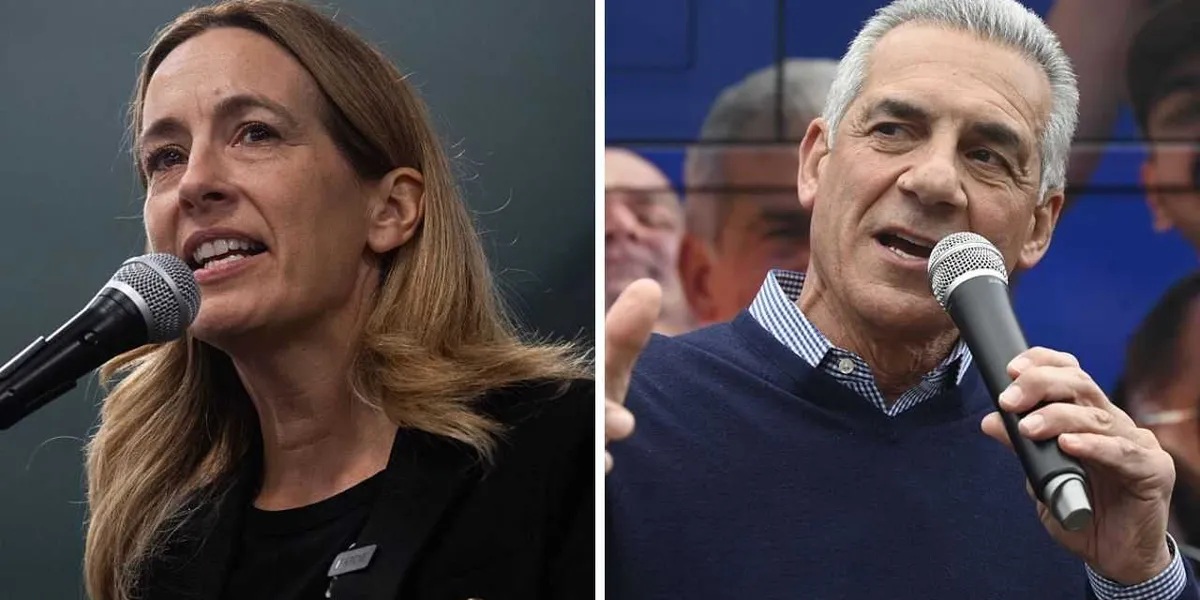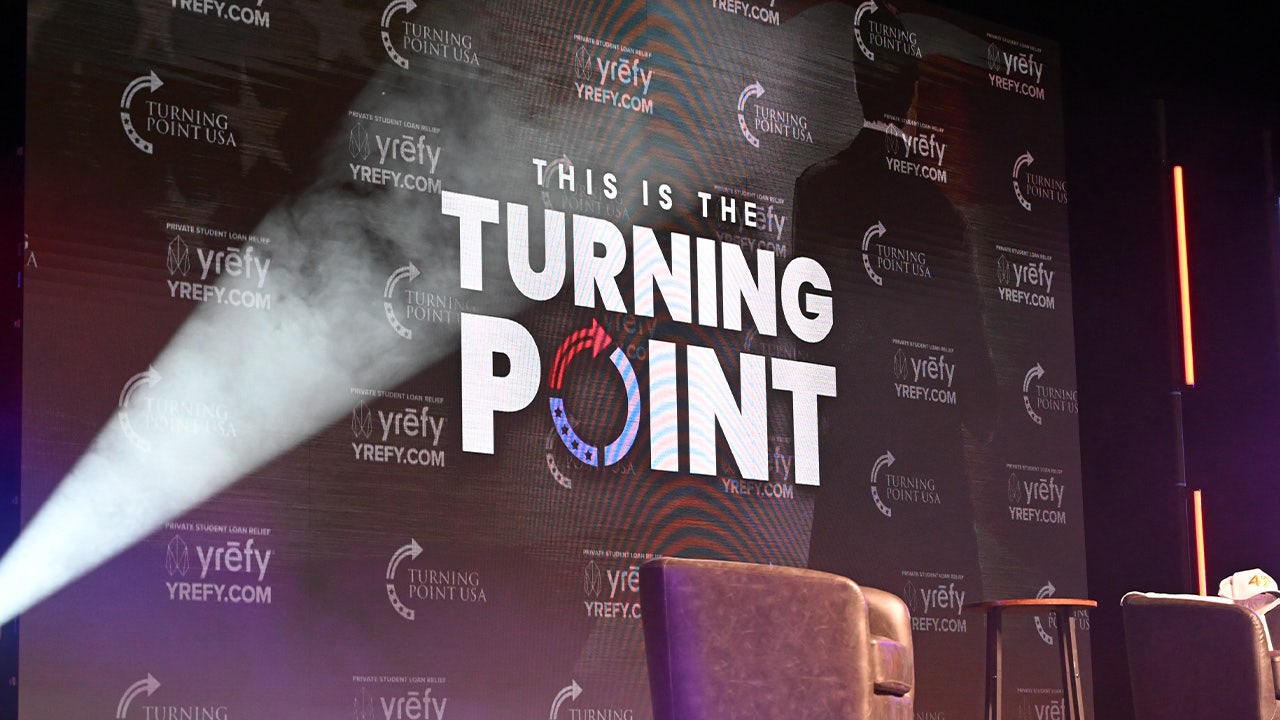I was 4 years old when I watched President George W. Bush announce the U.S. invasion of Iraq. I was 24 when I reported on Joe Biden’s abysmal withdrawal from Afghanistan — a calamitous end to a 20-year war that had long passed its expiration date. So when reports began circulating last week about President Trump’s potential intervention in Iran, I sighed and thought, “Here we go again.” I imagined myself covering the withdrawal from this conflict near my retirement, decades from now.
But I’ve changed my mind.
Instead of plunging America into another endless conflict, Trump may have done the opposite: broken the cycle.
This is not Iraq. And if handled strategically, this may actually mark the end of the Middle East’s “forever wars.”
A reckoning long overdue
Iran has long been the destabilizing force in the region, a role that is the latest installment of the Middle East’s millennia-long conflict between Shia and Sunni Muslim political powers. Since the 1979 Iranian Revolution, the ayatollahs’ regime has acted as the mother ship for Shia militias across the Sunni-majority Middle East — exporting revolution and arming sectarian militias with a reach far beyond its borders. From Yemen to Lebanon, Syria to Gaza, Iran’s fingerprints are everywhere.
Take the Houthis in Yemen. Once a marginal insurgent group, they’ve grown into a regional menace thanks entirely to Iranian funding, training, and weaponry. Their ongoing civil war against Yemen’s Sunni-majority government has displaced over 4 million people and created what the U.N. once called the world’s worst humanitarian crisis. Since late 2023, the Houthis have targeted commercial ships in the Red Sea, turning the Suez Canal — a trade route that handles 12% of global commerce — into a war zone. More than 100 attacks on shipping vessels since November have forced companies like Maersk to reroute, costing the global economy billions in total losses.
Then there’s Hezbollah, one of Iran’s most powerful and dangerous proxies. Formed in the 1980s in response to Israel’s occupation of southern Lebanon, Hezbollah wields more power in Lebanon than the government itself. The group effectively took control of the country in 2020, and with an arsenal of more than 150,000 rockets, it poses a constant threat to Israel’s northern border.
RELATED: DOD reveals stunning new details following Trump’s attack on Iran
Photo by Andrew Harnik/Getty Images
In Syria, Iran propped up the brutal Assad regime — a Shia-Alawite minority ruling over a Sunni majority — with militias, weapons, and intelligence. Iran’s efforts helped Assad stay in power through 13 years of civil war that has killed more than 500,000 people and displaced over 12 million.
Even Hamas, a Sunni terrorist group, receives Iranian support — not because of shared theology, but because of shared enemies. Iran funnels cash and weapons to Hamas under the guise of humanitarian aid, often routed through NGOs and U.N. agencies. The October 7 massacre of Israeli civilians was the culmination of Iran’s decades-long investment in Hamas’ terror infrastructure.
These are not isolated insurgencies. They are coordinated arms of the same regime — a regime that has finally grown vulnerable.
Iran is unraveling
Prior to the U.S. strikes on Iran’s nuclear facilities last weekend, Israel, with quiet support from regional players, had already begun dismantling Tehran’s web of influence.
In the aftermath of the October 7 attacks, Israel has severely degraded Hamas’ capabilities in Gaza. Hezbollah has largely retreated from southern Lebanon. Syrian opposition forces — backed by Sunni-majority Turkey and Israel — overthrew the Assad regime. Even the Houthis, while still active, are increasingly cut off from Iranian resupply and face growing international pushback.
Trump’s strategy is not a repeat of Bush’s “shock and awe.” It’s a two-pronged offensive — diplomatic and deterrent — that recognizes the new regional order.
The first prong is diplomacy. Trump has steadily strengthened ties with Iran’s Sunni rivals, particularly Saudi Arabia. While critics scoffed at Trump’s investment in the Abraham Accords and Gulf partnerships, those alliances now provide a bulwark against Iranian aggression. Trump’s recent meetings with Arab leaders, coupled with trillions of dollars in investment and tech cooperation, have strengthened America’s foothold in the region — and weakened Tehran’s.
In Syria, Trump’s engagement with the country’s transitional government — under close watch by human rights groups — signals a shift away from Iranian and Russian influence. If Syria falls out of Iran’s orbit, it will be the regime’s most significant strategic loss in a decade.
Then came the second prong: deterrence. After five fruitless rounds of nuclear negotiations, Iran had to choose: Disarm or wait for Israel to strike. If the latter, then perhaps its allies would rally to arms while the regime could maintain its honor.
The mullahs miscalculated. With weakened proxies, overthrown regional allies, and a preoccupied Russia, Iran resorted to threats over disarmament — warranting U.S. intervention.
The strikes on Iran’s nuclear infrastructure weren’t an opening salvo in a new war; they were a final warning. As the Wall Street Journal’s editorial board noted, “Mr. Trump gave Iran every chance to resolve this peacefully. … Ayatollah Ali Khamenei wanted a bomb more than peace.”
Iran has begun to retaliate, launching strikes against U.S. bases in Iraq and Qatar on Monday. Maybe the retaliations will expand deeper into its Sunni neighborhood. Unlike previous decades, however, Iran no longer enjoys a regional support network strong enough to wage a multifront war. Russia, bogged down in Ukraine, has no capacity to assist. China, facing economic turmoil, is unlikely to risk its global partnerships. And the Arab world — long terrorized by Iran’s militias — is unlikely to intervene on its behalf.
An end to the ‘forever war’
Instead of plunging America into another endless conflict, Trump may have done the opposite and broken the cycle. By incapacitating Iran’s proxies, isolating the regime diplomatically, and demonstrating military resolve, he’s created a narrow but real path toward a more stable Middle East.
We’re not entering a forever war. We may finally be exiting one. Trump has proven to be the least interventionist president in recent decades, and by standing firm against Iran, he has proven that his anti-interventionism actually means something — it has teeth, and it’s not afraid to bite.
Read the full article here


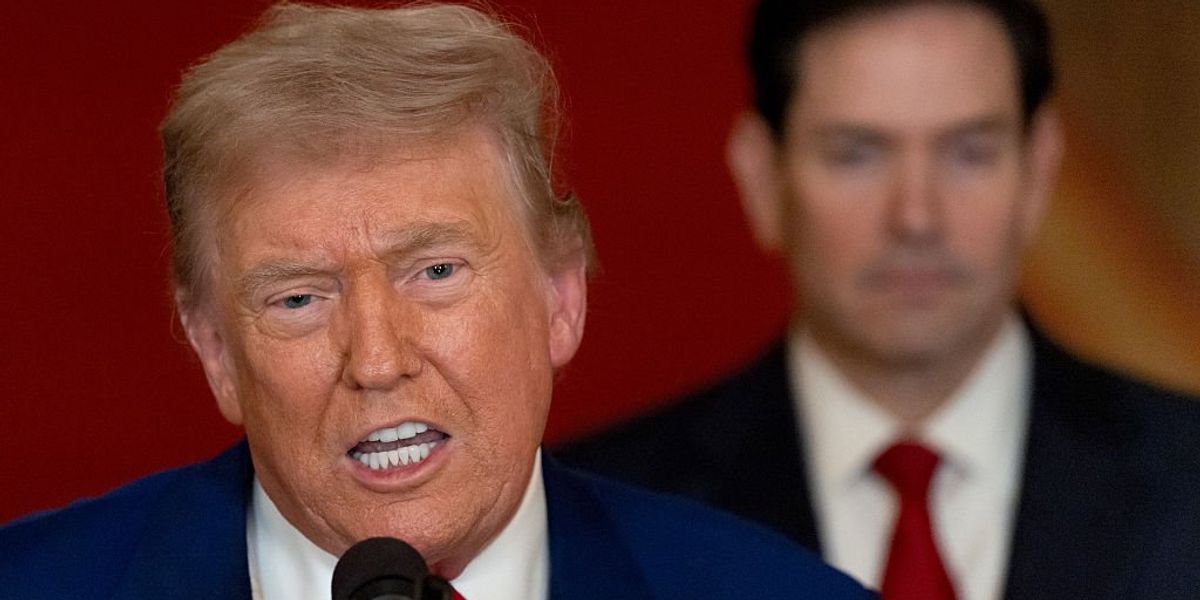


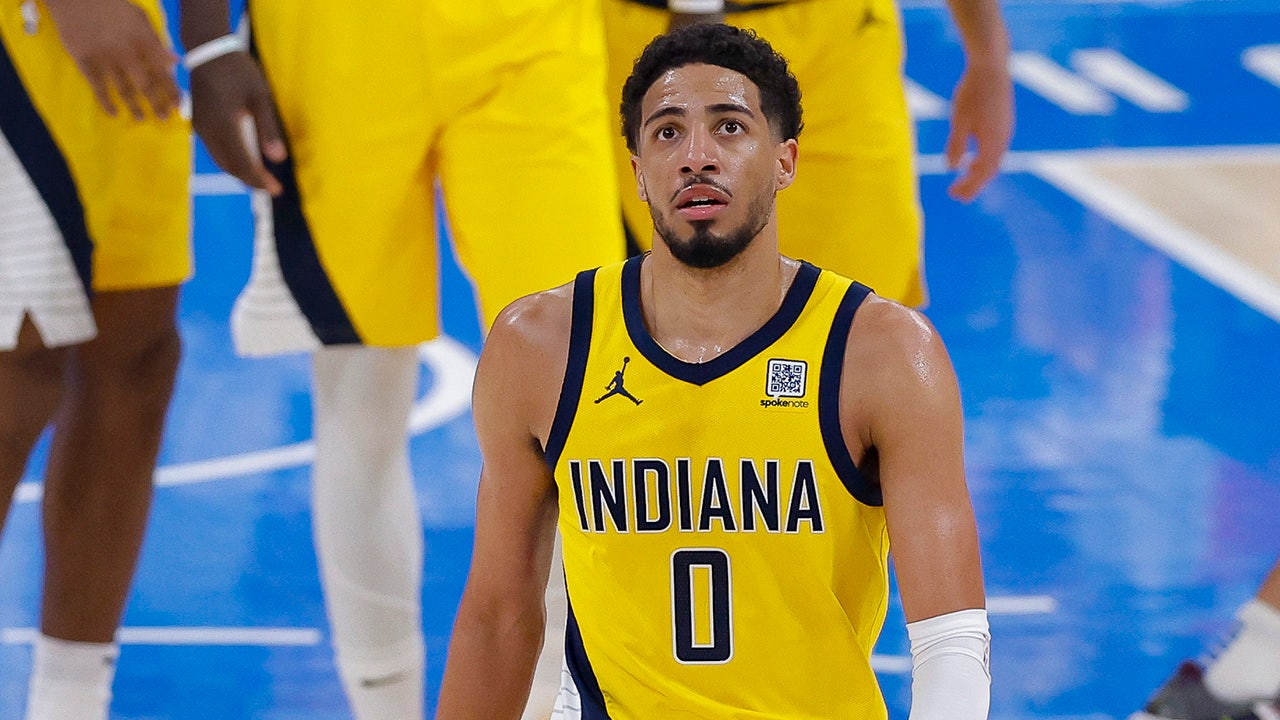

![Parent Groups Demand 50-State Audit to Eliminate DEI in Schools [WATCH] Parent Groups Demand 50-State Audit to Eliminate DEI in Schools [WATCH]](https://www.rvmnews.com/wp-content/uploads/2024/08/2024.08.18-09.57-rvmnews-66c26e67ee2c8.jpg)

